Lumos Mushrooms! (that’s mushroom light in Harry Potter)
Hold onto your wands, do we have a story for you! If you don’t know who Danielle Trofe is we are going to tell you. She is a designer whose focus is on sustainable Biomimicry design.
Let’s break this down for you, Biomimicry by definition is “Biomimicry (literally: imitation of the living ) aims to take inspiration from natural selection solutions adopted by nature and translate the principles to human engineering” (Youmatter, 2020). This view is based on nature and its creations.
What sets apart Danielle’s work is that her products are “Biofabricated.” Danielle refers to her “Biofabricated” as grown and not manufactured, due to the growing of the mycelium and the biodegradability of the lamps themselves.

Danielle Trofe (2022) https://danielletrofe.com/images
The B.I (Biomimicry Institute), states that biomimicry is “about valuing nature for what we can learn and not extract” (Biomimicry Institute, 2020). This gives an added appreciation for nature and the world we live in.
B.I also defines the three areas within bioinspired design, which are biomimicry (functions like nature), biomorphism (looks like nature), and bioutilization, which uses nature (Biomimicry Institute, 2020). Each area has a specific function and design going into it. We can go into detail about these at a later date, but let’s circle back to the work of Danielle Trofe.
While Danielle’s work is based on Biomimicry, we would argue that her work falls under the bioutilization category based on her lamps being made straight from grown mycelium. Either way her work is amazing and we hope to one day get our hands on one of her MushLumes. Check out Danielle on all social platforms and browse over to her website to learn more about her and her amazing designs.
– Nutrifarms
Biomimicry Institute. (2022). What is Biomimicry? Biomimicry Institute. Retrieved March 3, 2022.
Trofe, D. (2022). About. Danielle Trofe. Retrieved March 3, 2022.
What is Biomimicry? definition and examples of Biomimicry. Youmatter. (2020, February 13). Retrieved March 3, 2022.
